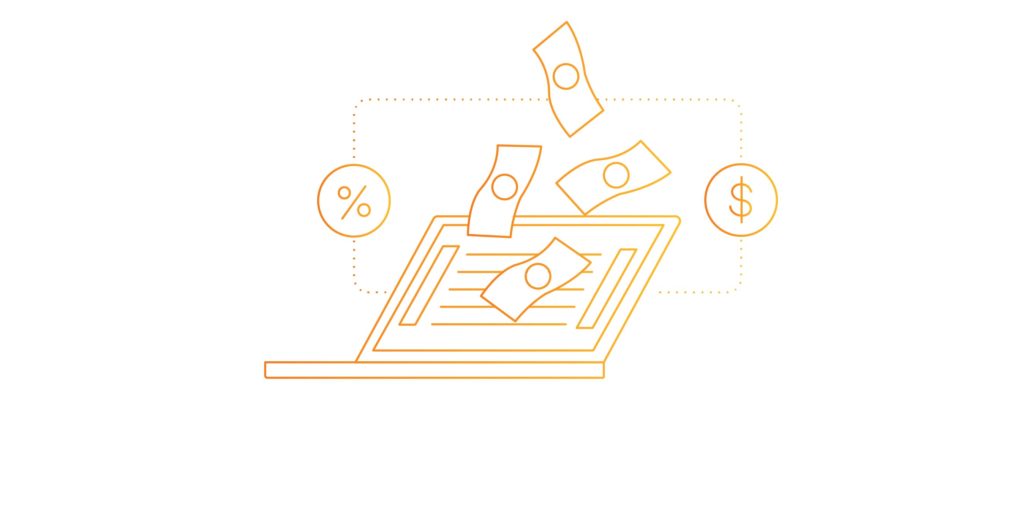Publisher ad performance is generally defined by CPM—cost per mille—or how much advertisers are willing to pay for one thousand impressions in a given ad zone. It’s a very useful metric, and an accurate one as well, because it represents exactly how much money, retrospectively, is going directly to your site. But it’s important to remember that it’s not the only metric worth tracking, nor is it necessarily the most valuable. As revenue diversification becomes more important, digital advertising becomes more complex, and publishers have more technology on their sites, CPM can’t show you your holistic performance. Publisher RPM can.
What is RPM?
To understand why that’s the case, you need to understand what RPM is. Put simply, RPM is defined as page revenue per thousand impressions. It’s calculated by dividing your earnings by the number of pageviews you received, then multiplying by 1000. However, that calculation changes depending on the technology you’re using on your page and the number of revenue sources you have.
For example, if you only use standard advertising on a web page (e.g. display, video, or native advertising), your RPM would be calculated by taking the total estimated earnings from all ad units on a page (using collective CPMs), dividing by the number of views that page receives, and then multiplying by one thousand. In other words, it’s a holistic measure of what you’re earning—a publisher-focused number, rather than an advertiser-focused one, such as CPM.
Here’s a more complex example: if you’re using Signal to create new inventory from your existing ad slots, it’s incredibly useful to compare RPM to CPM over time. That’s because each new impression you serve when that ad unit is reloaded adds to your RPM. As a result, while your CPMs may fluctuate, your RPM massively increases over time. And in this specific case, your RPM will continue to increase the longer your user is engaged with the page. More engaged users = higher RPM. Even so, the calculation for RPM—(revenue/pageviews)*1000—remains the same.
Now, let’s say you’re also using Commerce to monetize the links on your page, in addition to your advertising products. In other words, you’ve added a new revenue stream. At this point, calculating RPM becomes more complicated and more custom to your needs. The basic calculation holds up: we’re still dividing your total revenue for a page (which now includes Commerce and advertising revenue) by the number of pageviews. But because you’re now working with a holistic revenue strategy—one that involves multiple products that function in different ways—RPM is a better measure of overall website performance. That’s because CPM is just one metric: you’re no longer interested only in your display ad performance; you’re now also tracking your Commerce clicks and acquisitions, which contribute to your overall revenue.
Still with me?
A real-world example
Let’s say you’re a content publisher. And let’s say that market fluctuations—perhaps due to a global pandemic—have caused ad revenues to drop. Now, you’re looking for ways to increase your website revenue to make up for the dip in ad spend. Sound familiar?
In this case, fixating on your CPMs tells you more about the state of the market than it does about your actual performance. When advertising budgets get slashed, CPMs fall. So, you diversify: you incorporate new ad products. You start focusing on commerce-driven content. You start a subscription program and renew your newsletter efforts. Suddenly, you have a host of revenue sources you care about. Each page needs to drive commerce clicks, newsletter sign-ups, and more reader engagement.
In other words, as you continue to diversify your sources of revenue, RPM begins to matter more.
Why RPM matters
Okay, let’s talk about page RPM vs. average RPM. Page RPM, unsurprisingly, refers to RPM for a specific page on your website. Average RPM, like average CPM, refers to your total revenue per one thousand pageviews across your entire website. It’s worth understanding both.
Page RPM can tell you more about what your audience enjoys: for example, if you have a page that sees high engagement through Signal and high clicks through Commerce, you can pursue more content of a similar nature—our Commerce dashboard already shows your product-specific RPM. In this case, your advertising CPM alone wouldn’t give you that information. You might even choose to reduce the number of ad units on that page or pages like it (especially when optimizing your ad strategy for mobile), in favor of adding more monetized links or more valuable ad units.
Similarly, your total RPM—the revenue you earn per 1000 pageviews across your entire site—informs how you’re performing relative to your revenue goals. When that number fluctuates, you know you need to focus on your overall strategy. Ultimately, you’ll want to track both RPM and CPM—and, ideally, increase both. But RPM will give you a more holistic measurement of success: when referring to ad products alone, it shows you aggregate performance across all your partners and all your ad units. When referring to multiple sources of revenue, it gives you a big-picture view of how your revenue strategy is performing.
Need help?
Digital publishing grows more complex every day. Our Gold team offers a full-service ad management system that will optimize your ad performance, save you money, and give you more time to focus on growing your audience, building your business, and producing great content. Schedule a free consultation and let us help you grow.

